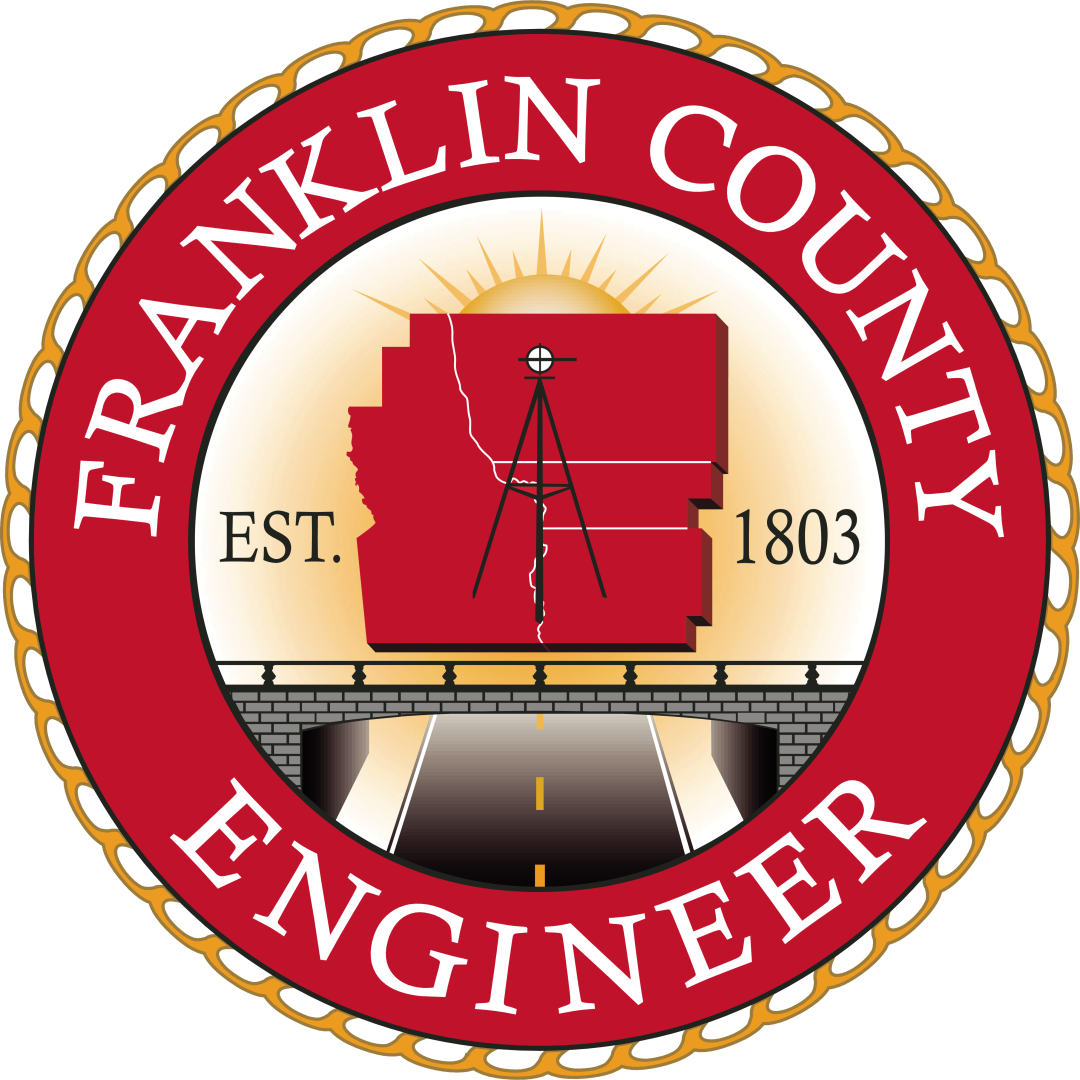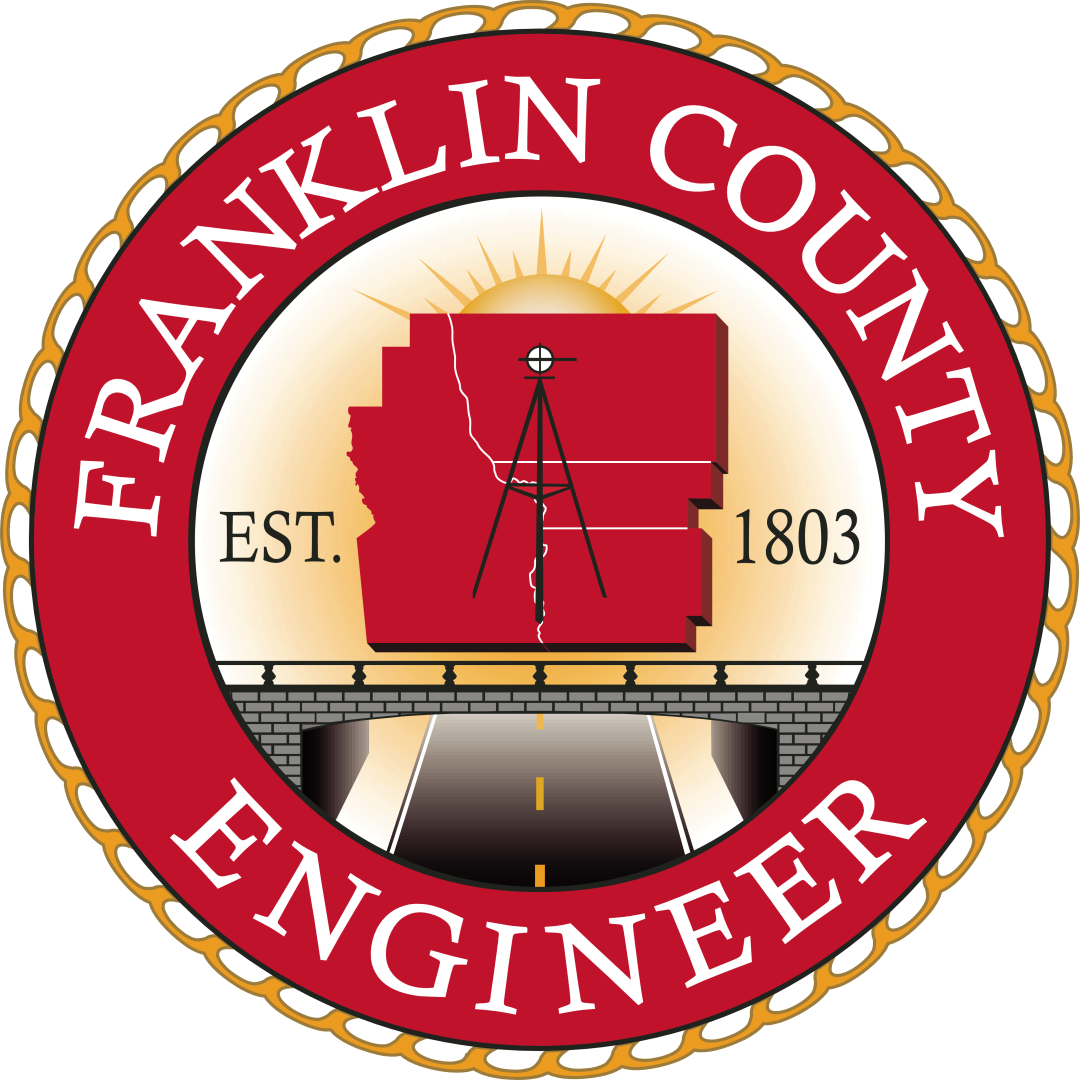Speed Limits
The Franklin County Engineer’s Office gets many requests to lower speed limits on a number of different types of roads within the county. This page better describes the reason for speed limits and the process of changing speed limits, especially those on county and township roads and streets.
Authority to set speed limits
In Ohio, statutory speed limits are set in accordance with Ohio Revised Code Section 4511.21. These are considered “prima facie” limits. That is, they are subject to change when information can be supplied that would justify a change. Authority to change speed limits in various jurisdictions is as follows:
- State Highways, including Interstate Highways and State Highways inside cities and villages: by Ohio Department of Transportation
- City and village roads and streets other than state highways: by the city and village through engineering study
- County and township roads and streets: by Ohio Department of Transportation through engineering study provided by the county or township (working with the county)
Maximum speed limits in Ohio
Interstate highways and expressways have a maximum speed limit of 70 miles per hour. Other highways outside villages and cities, that include county and township roads, have a maximum speed limit of 55 miles per hour. City and village streets, including state highways within their boundaries, have varying limits based on land use.
Factors considered in establishing speed limits
- Traffic characteristics inconsistent with particular land use or other conditions.
- Prevailing speeds consistently higher or lower than the statutory speed limit.
- Transition between rural and urban areas on major highways.
- The presence of schools or other significant pedestrian traffic generators.
- Temporary reduction due to road construction activity.
- Frequent collisions in which speed is a contributing cause.
- Unusual or unanticipated conditions.
After a speed limit is established, there may be changes in conditions that could lead to further traffic engineering study to determine if it needs to be raised or lowered.
Correlation between speed limits and crashes
Attention and behavior vary from driver to driver. Therefore driver expectations differ, leading to different traveled speeds on a section of a road. The goal of the speed limit is to indicate to motorists a reasonable speed under good conditions that will provide adequate reaction and stopping time on that road. This in turn leads to more uniform travel speeds that reduce tailgating and lane changing, major causes of traffic crashes.
Traffic Engineering Studies
Traffic studies are a compilation of data that reflect actual traffic conditions and roadway characteristics and also include an analysis using long-accepted engineering principles to determine an appropriate speed limit. Traffic studies used to determine changes in speed limits are often called speed studies. Characteristics used include:
- Traffic volumes
- Number and types of intersecting roads, streets, and other access points
- Roadway and road shoulder widths
- Traffic crash history
- Prevailing speeds (85th percentile)
85th percentile speed
The 85th percentile speed is the speed at or below which 85 percent of the motorists drive on a given road when unaffected by slower traffic or poor weather. This speed indicates the speed that most motorists on that road consider safe and reasonable under ideal conditions. This used as an aid to set the appropriate speed limit for that road.
Speed Concerns in residential areas
Enforcement of speed limits is the responsibility of various law enforcement officials. Requests to patrol these areas can be made to the appropriate agency. Bear in mind that most motorists in a residential area probably live in that area. They are accustomed to conditions and travel a speed that is believed to be safe and reasonable. However, it is quite common for residents to believe that traveled speeds are greater than actually being traveled. If the speed limit is determined in the proper manner, and there is evidence of excessive speeds, the appropriate law enforcement agency should be contacted so that speed limits on that section of road may be enforced.
If attempts at enforcement do not achieve desired results, further investigation from the responsible agency should be requested. Conditions may justify a lowering of the speed limit, but may also actually require the use of other techniques. These would be determined through different types of traffic studies that could lead to use of other traffic control devices and improvements. For county roads, those requests would be directed to the Franklin County Engineer. For township roads, requests should be directed to the Board of Township Trustees of the particular township. They will usually seek assistance from the Franklin County Engineer in assessing the problem.
The difference between the posted speed limit and advisory speeds
Posted speed limits are for ideal conditions. It is the responsibility of motorists to maintain control of their vehicles at all times. Speeds should be adjusted for weather conditions, at night, and for hills and curves. On county and township roads, speed limits are enforced based on a prima facie limit of 55 miles per hour without a speed limit sign. Where the speed limit has been lowered, a speed limit sign will be installed for that particular stretch of road. This sign would have black letters on a white background.
Many times advisory speeds are posted at hills, curves, intersections, and other potential hazards to assist motorists in maintaining control of the vehicles. These are usually small placard signs with black letters on a yellow background placed under a larger warning sign. These are not specifically enforced, but ignoring these signs may be considered a contributing factor in a crash investigation.





